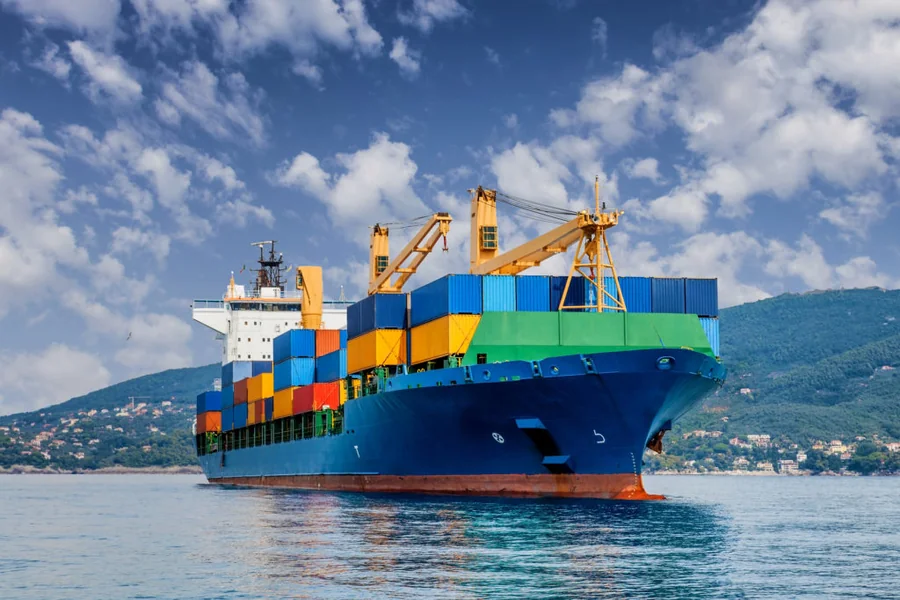Introduction
Starting a shipping business isn’t just about buying a boat or leasing a warehouse. It’s a layered game. It is a mix of logistics, capital, tech, and grit.
You don’t just wake up one morning and decide to move containers across oceans. You build systems. You build trust. You build scale.
But let’s not get ahead of ourselves. Here are some of the things that you need to do to start and operate a shipping business in 2025.
First, You Need a Plan That Doesn’t Suck
A lot of people jump in with half-baked ideas. “Let’s ship stuff,” they say. Cool. What stuff? From where to where? Who’s paying? What’s the margin?
You need a business model that’s not just viable; it has to be scalable. Freight forwarding? Coastal shipping? International container logistics? Each has its own beast of regulations, costs, and customer expectations.
In 2024, the global shipping and logistics market was valued at $10.6 trillion. That’s not a typo. But here’s the thing: over 60% of new entrants fail within the first two years. Why? Poor planning. Bad cash flow. Zero differentiation.
So yeah, start with a plan. But make it airtight.
Capital, And Not Just Pocket Change
Even a small regional shipping setup can cost upwards of $250,000 to get off the ground. That’s before you even move your first package. Think vessels, trucks, insurance, licenses, fuel, staff, tech.
Subsequently, don’t forget the buffer, because delays, breakdowns, and customs drama are part of the game. Some go the investor route. Others bootstrap. Either way, you need to know your burn rate and your break-even point. If you don’t, you’re flying blind.
Licenses, Permits, and Bureaucratic Headaches
Shipping is regulated. Depending on your region, you’ll need maritime permits, customs clearance licenses, trade documentation, and environmental compliance. If you’re crossing borders, multiply that by every country you touch.
In India, for example, the Directorate General of Shipping oversees maritime operations. You’ll need to register vessels, comply with safety codes, and file regular reports. Miss a deadline? You’re grounded.
And don’t even get started on international waters unless you’ve got a legal team that knows the difference between SOLAS and MARPOL.
Container Tracking Software — Your Lifeline
This is where things get real. You can’t run a shipping business in 2025 without container tracking software. It’s not optional. It’s survival.
Customers want visibility. They want to know where their cargo is, when it’ll arrive, and what happens if it doesn’t. You need real-time GPS tracking, automated alerts, route optimization, and predictive analytics.
The best systems integrate with customs databases, weather forecasts, and port schedules. They reduce delays, prevent theft, and improve customer satisfaction. In fact, companies using advanced tracking tech report 32% fewer delivery disputes and 27% faster turnaround times.
So yeah, invest in good software. It’s the difference between chaos and control.
Build Relationships, Not Just Routes
Shipping is a people business. You’ll deal with port authorities, customs officers, freight brokers, insurance agents, and angry clients. If you don’t know how to build relationships, you’ll drown in red tape and missed deadlines.
A good network can get your container cleared faster. A bad one can get stuck for weeks.
In 2023, over 70% of successful shipping startups credited strategic partnerships as their biggest growth driver. So go to trade shows. Join logistics forums. Buy someone lunch. It pays off.
Tech Stack Beyond Tracking
Tracking is just one piece. You’ll need inventory management systems, fleet maintenance platforms, CRM tools, and maybe even blockchain-based documentation if you’re going global. The more you automate, the less you bleed.
AI is creeping in, too, with route prediction, fuel optimization, and even automated customs filing. It’s not sci-fi anymore. It’s happening. And if you’re still using spreadsheets to manage shipments? You’re already behind.
Insurance to Safeguard
Cargo gets lost. Ships get stuck. Trucks crash. Pirates exist. Hence, you need insurance. Cargo insurance. Liability insurance. Vessel insurance. Employee insurance. It’s not glamorous, but it’s essential.
In 2024, global shipping losses totaled $1.9 billion. That’s not just big players; small operators took hits too. One uninsured incident can wipe out your entire operation. So yeah, get covered. And read the fine print.
Shipping Business Is Not for the Faint of Heart
Shipping is hard. It’s messy. It’s expensive. But it’s also rewarding. You’re moving the world. Literally, if you’ve got the vision, the capital, the tech, and the hustle, go for it. But don’t wing it.
Build smart. Track everything. And never underestimate the power of a well-timed phone call to a port manager. In shipping, timing isn’t just everything; it’s the only thing.


